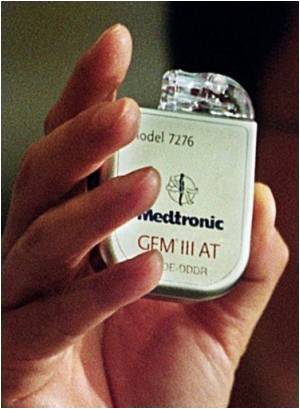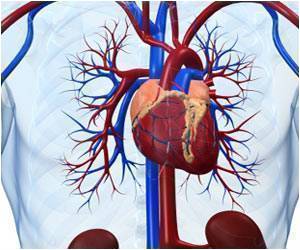
In a preliminary study, researchers tested an energy-harvesting device that uses piezoelectricity - electrical charge generated from motion. The approach is a promising technological solution for pacemakers, because they require only small amounts of power to operate, said M. Amin Karami, Ph.D., lead author of the study and research fellow in the Department of Aerospace Engineering at the University of Michigan in Ann Arbor.
Piezoelectricity might also power other implantable cardiac devices like defibrillators, which also have minimal energy needs, he said.
Today's pacemakers must be replaced every five to seven years when their batteries run out, which is costly and inconvenient, Karami said.
Researchers measured heartbeat-induced vibrations in the chest. Then, they used a "shaker" to reproduce the vibrations in the laboratory and connected it to a prototype cardiac energy harvester they developed. Measurements of the prototype's performance, based on sets of 100 simulated heartbeats at various heart rates, showed the energy harvester performed as the scientists had predicted - generating more than 10 times the power than modern pacemakers require.
The next step will be implanting the energy harvester, which is about half the size of batteries now used in pacemakers, Karami said.
Advertisement
Two types of energy harvesters can power a typical pacemaker: linear and nonlinear. Linear harvesters work well only at a specific heart rate, so heart rate changes prevent them from harvesting enough power.
Advertisement
Devices such as cell phones or microwave ovens would not affect the nonlinear device, Karami said.
The device was presented at the American Heart Association's Scientific Sessions 2012.
Source-ANI







